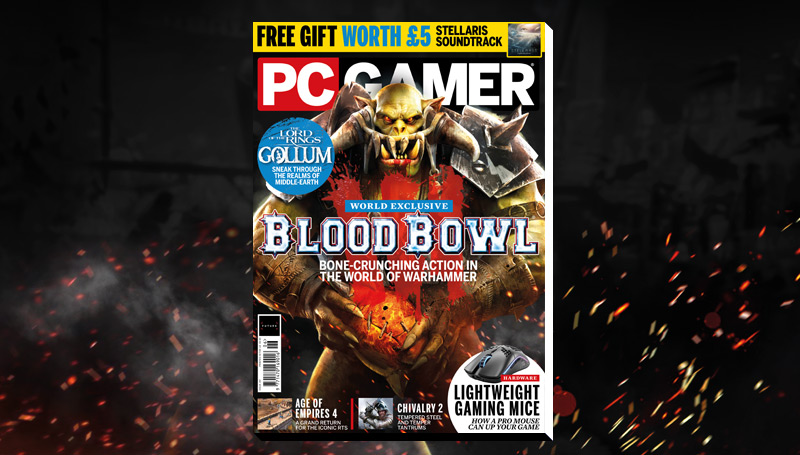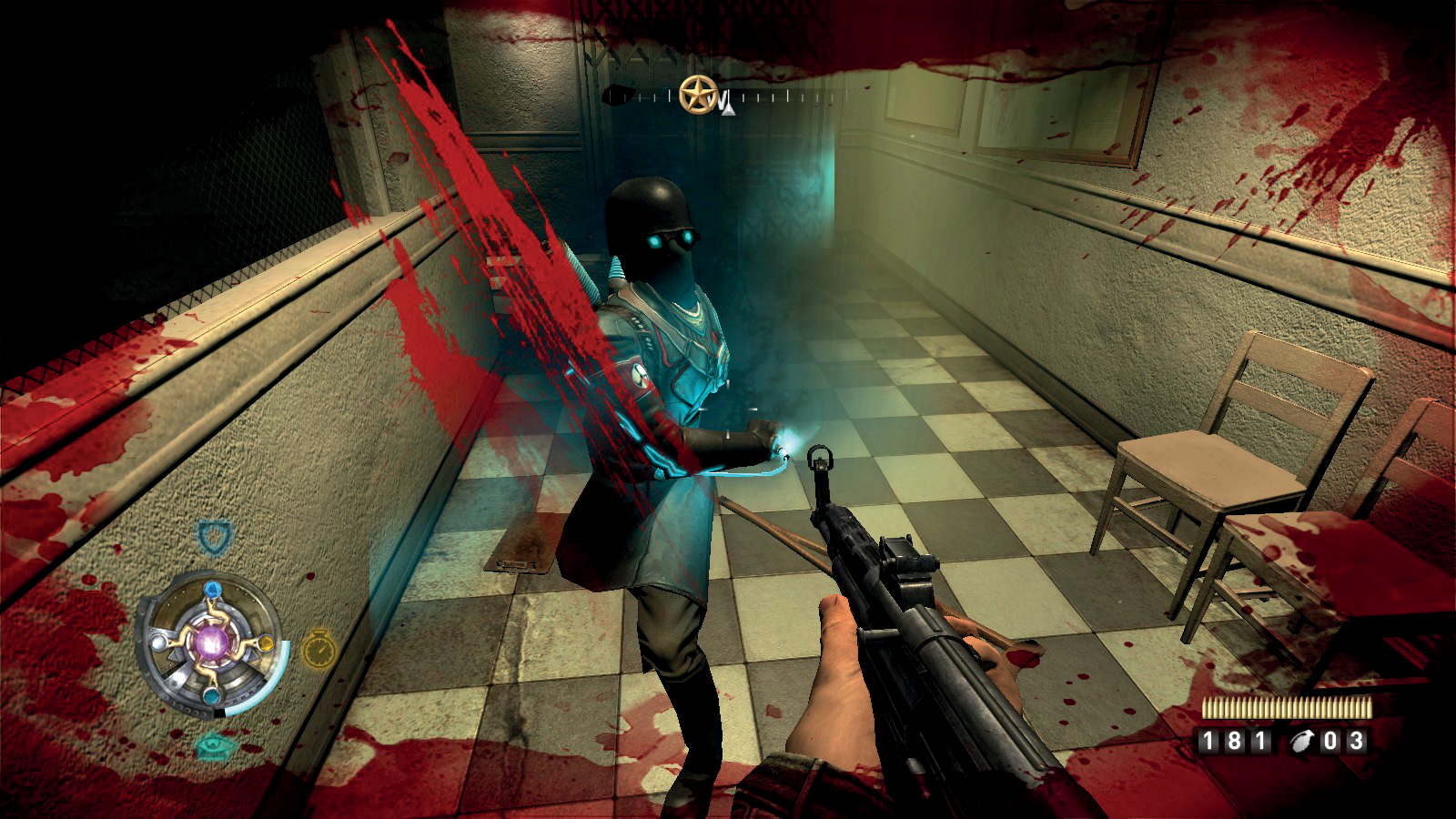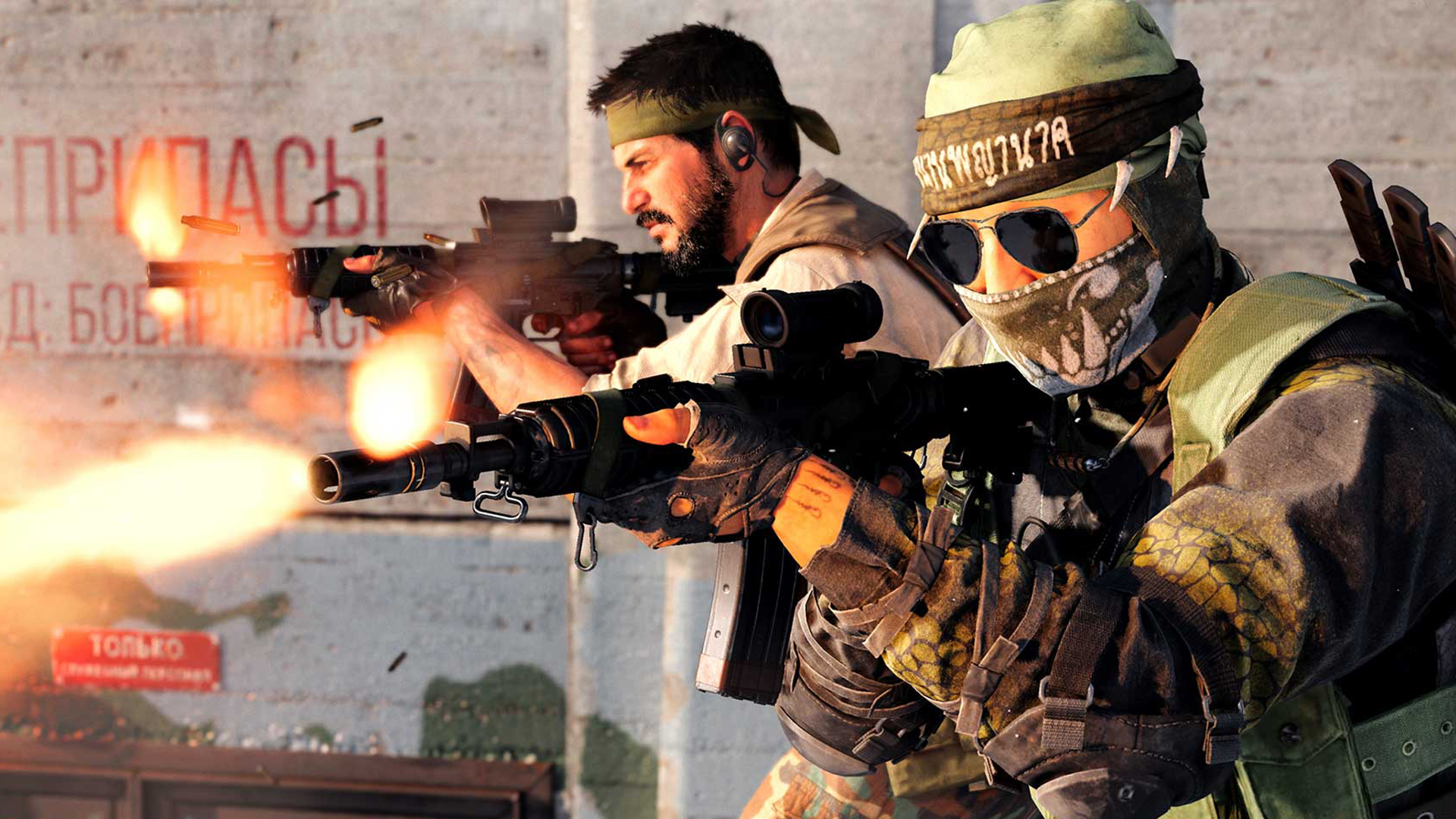How Raven Software became kings of COD after vanishing from view

This article first appeared in PC Gamer magazine issue 357 in June 2021, as part of our 'DNA Tracing' series, where every month we delve into the lineages behind iconic games and studios.
Putting out a Wolfenstein game ought to be the highlight of any developer's career. It was the making of MachineGames and Gray Matter Interactive, which became the backbone of Treyarch after Return to Castle Wolfenstein—not to mention id Software, whose tribute to a prison-break game launched the FPS genre.
But for Raven Software, it was a disaster. There was nothing wrong with the game, as such: Wolfenstein (2009) is a perfectly serviceable shooter, with an arsenal of impossible weapons built for colourful Nazi evisceration. But it was also a doggedly faithful sequel to Gray Matter's Return to Castle Wolfenstein, and by that time the b-movie blankness of BJ Blazkowicz seemed terribly old-fashioned. The eight years between the two games had seen Halo, Half-Life 2, and Bioshock—a sea change in the sophistication of first-person adventures. Beyond a surface-level nod to City 17 with a train station opening, Raven had simply failed to learn the lessons of its peers. Wolfenstein shifted a meagre 17,000 copies on PC in its first 12 days on sale, and layoffs followed.
The following year, Raven released Singularity, an ambitiously planned FPS that was about time manipulation. Its dependence on audio logs made it clear the studio had paid attention to Bioshock—but only because in a desperate seven-month sprint to finish a sprawling, nearly-cancelled project, the team needed a way to fill the gaps in its dramatically cut-back story. Delays meant overshooting Activision's planned marketing push, and financial failure became inevitable. Three teams shrank to two, shrank to one, like the crushed boxes in Singularity's uninventive puzzles.
Random tasks
Another studio might have closed down. But in an instance of extreme foresight, Raven's founding brothers had sold the company to Activision in 1997. Back then, Bobby Kotick and company were only the 15th largest game publishers in the world; luckily, that had changed by 2010. Activision was sitting atop its new Call of Duty empire, and Raven was to be its scaffolding.
These many hundreds of artists, programmers, and producers are the unsung heroes of game development, enabling the creation of your favourite AAA games.
That might not sound like glamorous work, and it isn't. If they got to choose, no developer would become a support studio. These many hundreds of artists, programmers, and producers are the unsung heroes of game development, enabling the creation of your favourite AAA games. But their names never grace the lips of fans, unless those fans pay particular attention to credits or splash screens. The role of the support studio, as its title suggests, is subservient: they are beholden to the creative vision of other teams, fulfilling the dreams of designers they may not ever meet.
However, Raven sucked it up. The studio made DLC for the original Call of Duty: Black Ops, and helped out with "random user interface and engineering tasks", as Infinity Ward's Robert Bowling bluntly put in an interview with GamerZines in 2011. Lead producer Charles Weiss was there to see the company give up on its own game ideas and refocus its energies on the needs of others. "Adapt or die," he later told the Activision blog. "This has been a motto at Raven as long as I can remember, and it has always stuck with me."

Wisconsin wizards
In a sense, Raven had been a support studio once before—one of the very first. In the early '90s, keen to make the most of the Doom engine, John Romero had flown up to Wisconsin to teach Raven how to use his tools. He and the studio's founders, Steve and Brian Raffel, had a love of Dungeons & Dragons in common—and in fact, Raven's debut game Black Crypt was originally intended to be a tabletop adventure module.
Under Romero's direction as executive producer, Raven built Heretic—which was a dark fantasy FPS in which Doomguy's stand-in flew and fired a magical crossbow. Romero got to scratch a creative itch, and Raven's relationship with id carried it all the way to Wolfenstein, which was released in 2009.
"[A] reason I believe we have been successful and around for 30 years is we have always been collaborative people," Brian Raffel told the Activision blog in 2020. "If you look at our history of the games we have worked on, you will see we have made many of them in a collaborative setting."
Raven's place in the castle of COD wasn't so different from its role on Heretic. Headline studios like Infinity Ward and Treyarch got most of the credit, but Raven got the security it needed to grow again. The irony was that, while the studio had become invisible to the public, its work was being played by more people than ever before. It became the lead developer on Call of Duty Online, a game Westerners are almost completely unaware of, but has served a Chinese audience for more than half a decade. Chinese COD fans were testing an 18-player battle royale mode several months before Blackout came out.

Raffel winners
When the time came to make Warzone, Raven was perfectly poised. By all accounts, it worked as one with Infinity Ward, coordinating on Verdansk's uniquely complex map design. And in an unexpected role reversal, Infinity Ward has faded into the background since the game became the pastime of 80 million players. In 2021, it's Raven Software that signs off the patch notes of the biggest FPS in the world.
As Raven has reemerged from behind the iron curtain of Activision's studio system, it's been able to revive some of its mothballed ideas too. Dan Vondrak, the man who shepherded Singularity over the line, headed up Black Ops: Cold War's campaign—a return to the Soviet conspiracy themes of his previous game. There's even been a reprieve for Wolfenstein's underdeveloped hub town, Isenstadt—a network of compact German streets that connected the game's missions, and disappointed many critics at the time. By focusing solely on a single Berlin safehouse for Cold War, Raven was able to fill a new hub with real depth. This time, it wasn't just connecting missions but characters, pushing the campaign's cast to bounce off each other in fantastic performance captured encounters.
Finally, working on Wolfenstein has come good for Raven—it just needed a decade to feel the benefit.

Post a Comment